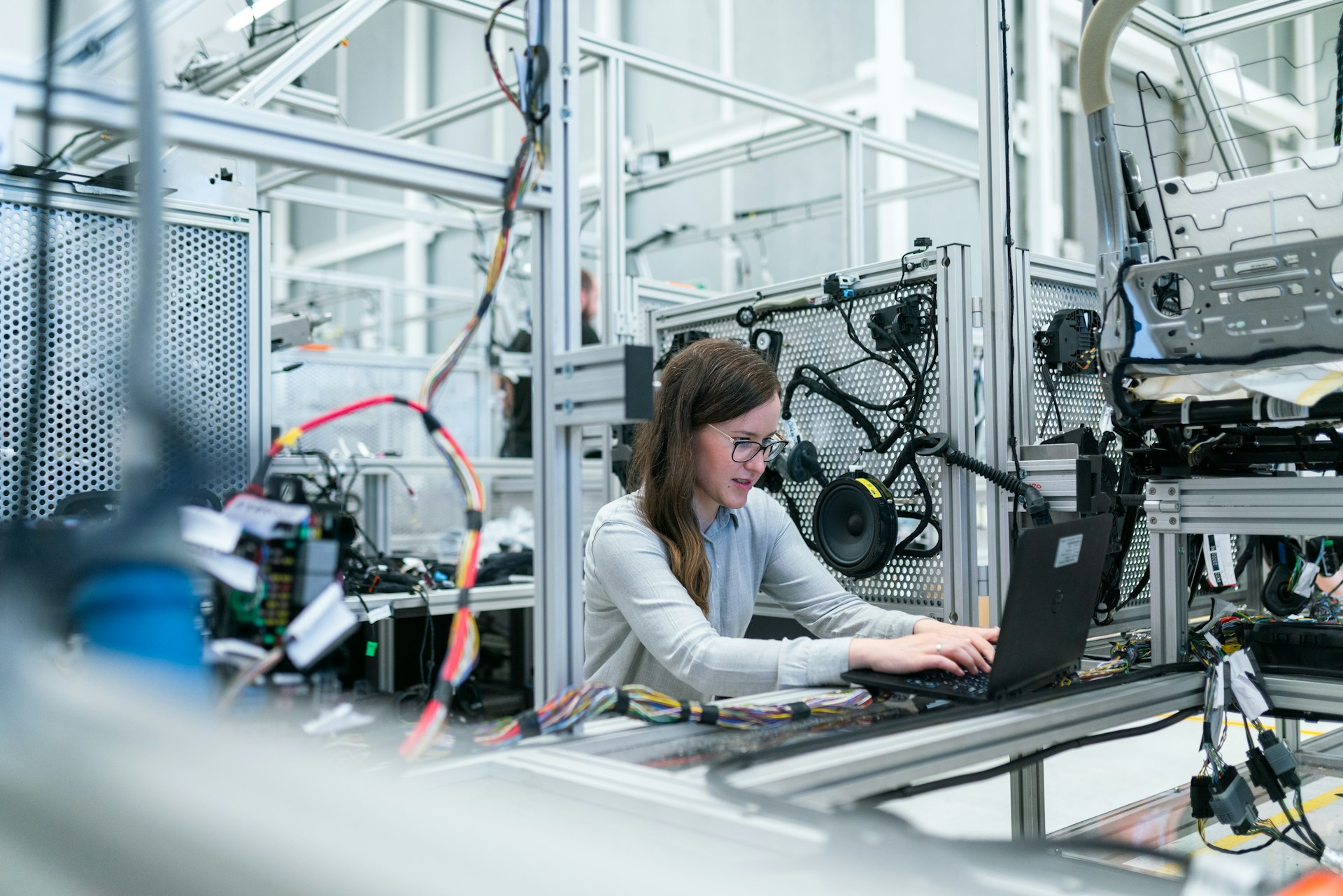Artificial Intelligence: The Brain of Modern Technology
AI refers to the development of systems capable of performing tasks that typically require human intelligence. These tasks range from simple data analysis to complex problem-solving. Machine learning, a subset of AI, allows systems to learn and improve from experience without explicit programming, enabling machines to make decisions, recognize patterns, and predict outcomes with increasing accuracy.
One of the most significant contributions of AI in modern technology is automation. AI-driven algorithms have revolutionized data processing, enabling organizations to analyze massive amounts of data quickly and efficiently. For instance, businesses can leverage AI to predict consumer behavior, optimize supply chains, and personalize marketing strategies, leading to more informed decision-making and increased competitiveness.
AI is also making waves in sectors like healthcare. Through machine learning, AI systems are now capable of diagnosing diseases, recommending treatments, and even predicting potential health risks. In medical imaging, AI-driven tools can analyze X-rays, MRIs, and CT scans, helping doctors identify abnormalities with remarkable precision. These advancements not only improve diagnostic accuracy but also reduce the time and costs associated with manual evaluations.
Robotics: The Hands of Modern Technology
While AI serves as the brain, robotics provides the physical infrastructure for applying intelligent algorithms in the real world. Robotics combines mechanical engineering, electronics, and computer science to create machines capable of performing tasks autonomously or semi-autonomously. These machines, known as robots, are equipped with sensors, actuators, and AI software to interact with their environment and execute complex actions with speed, precision, and repeatability.
In manufacturing, robots have become indispensable. In industries such as automotive production, robots are used for assembling parts, welding, painting, and packaging. These robots not only increase efficiency and reduce human error but also improve workplace safety by handling dangerous tasks, such as lifting heavy objects or working in hazardous environments.
The integration of AI and robotics is leading to the creation of collaborative robots, or cobots, which work alongside humans. These robots are designed to assist rather than replace human workers, allowing for safer, more productive work environments. In warehouses, cobots work with human employees to transport goods, handle inventory, and perform other tasks, significantly improving operational efficiency.
AI & Robotics in Transportation and Autonomous Systems
One of the most exciting applications of AI and robotics is in the field of transportation. Self-driving cars, drones, and autonomous delivery vehicles are all products of AI and robotics working in tandem. Autonomous vehicles rely heavily on AI algorithms to process data from cameras, sensors, and GPS systems, enabling them to navigate roads, avoid obstacles, and make real-time decisions.
Drones, too, are transforming industries such as logistics, agriculture, and surveillance. Equipped with AI, drones can optimize flight paths, detect anomalies, and deliver packages with great efficiency. In agriculture, drones are used for monitoring crop health and collecting data that helps farmers make informed decisions about irrigation, fertilization, and pest control.
Challenges and Future Prospects
Despite the immense potential of AI and robotics, there are challenges to overcome. Ethical concerns surrounding the use of AI, such as job displacement, privacy, and bias, must be addressed to ensure these technologies benefit society as a whole. Additionally, the high cost of implementing AI and robotics in certain industries may limit their accessibility to smaller businesses or developing nations.
Looking ahead, the future of AI and robotics is bright. As technology continues to advance, the synergy between AI and robotics will drive innovations in various fields, leading to smarter, more efficient systems that can solve complex global challenges such as climate change, healthcare, and resource scarcity.
In conclusion, AI and robotics are the driving forces behind the next technological revolution. Their ability to enhance efficiency, improve safety, and enable new capabilities makes them integral to modern technology. As these technologies continue to evolve, they promise to reshape industries and societies in profound ways, unlocking new possibilities for the future.

